Image of 1952 Studebaker Champion, Note: These illustrations use artistic license and may differ from actual historical models.
Performance Metrics
Fundamental Metrics
Emotional Appeal
MMP Rating
| Engine Specifications | |
|---|---|
| Engine: | Inline 6 |
| Displacement: | 169.6 cubic inches |
| Horsepower: | Estimated 85 hp |
| Torque: | 125 lb-ft |
| Compression Ratio: | Estimated 7.0:1 |
| Ignition System: | Distributor and coil |
| Cooling System: | Liquid-cooled |
| Performance Specifications | |
| 0-60 Time: | Estimated 20 seconds |
| 1/4 Mile Time: | Not available |
| Top Speed: | 80 mph |
| Transmission and Drive | |
| Drive Type: | Rear-wheel drive |
| Transmission Type: | 3-speed manual with optional overdrive |
| Fuel and Efficiency | |
| Fuel System Type: | Carburetor |
| MPG: | Estimated 20-25 mpg |
| Dimensions and Brakes | |
| Brakes: | Drum brakes |
| Wheelbase: | 113 inches |
| Weight: | Estimated 2,700 lbs |
Note: Specifications for classic cars are given to the best of our ability, considering the limited and variant data available.
1952 Studebaker Champion: A Testament to Post-War Innovation
The 1952 Studebaker Champion stands as a beacon of American automotive ingenuity in the early post-war era. Born from the creative minds at Studebaker Corporation, an Indiana-based manufacturer with a rich history dating back to wagon building, the Champion emerged as a symbol of the company's resilience and forward-thinking approach. Notably, it was during this period that Studebaker made a significant mark by being among the first to introduce all-new post-war designs ahead of the Big Three automakers.
As a unique fact that piques curiosity, the '52 Champion gained fame for its role in setting a trend for European-influenced design aesthetics in American cars, which was quite an innovation at the time. This vehicle also became a canvas for legendary designer Raymond Loewy, whose influence would be felt across the automotive industry for decades to come.
Design and Innovation
The 1952 Studebaker Champion was a marvel of its time, with exterior styling that featured sleek lines and an aerodynamic silhouette that seemed to slice through the air. The car's "bullet-nose" front end was distinctive, giving it an almost aircraft-inspired look that was both bold and futuristic. Inside, occupants were greeted with a cabin that prioritized comfort and simplicity. The quality of materials—from the durable fabrics to the well-crafted dashboard—reflected Studebaker's commitment to craftsmanship.
Technologically, the Champion boasted features like an automatic hill holder and overdrive transmission options, which were advanced for its era. Color choices ranged from subtle hues to more vibrant tones, with Chippewa Green and Rio Brown being among the popular picks. Body styles varied from two-door sedans to convertibles and hardtops, but it was perhaps the Starlight Coupe—with its wraparound rear window—that remains most iconic.
Historical Significance
The Champion's impact on automotive design cannot be overstated. It helped set a precedent for integrating aerodynamics into vehicle aesthetics—a principle that is fundamental in today's car designs. Moreover, it stood apart from its contemporaries with its lightweight construction and fuel efficiency, which were particularly appealing during a time of economic recovery.
Performance and Handling
Under the hood, the 1952 Studebaker Champion was powered by a flathead inline-six engine that offered modest performance figures by modern standards but was competitive in its day. The top speed hovered around 90 mph, with acceleration from 0-60 mph achievable in about 20 seconds. Handling was commendable; drivers appreciated its nimbleness on winding roads and its ability to absorb bumps with relative grace. The driving experience was characterized by a distinctive engine hum and an overall sense of mechanical connection between car and driver.
Ownership Experience
The Champion served many roles—from daily transportation to weekend showpiece—and even found its way onto local racetracks. Owners valued its reliability and cost-effectiveness when it came to maintenance. Parts were generally accessible, making repairs manageable for the average enthusiast.
Fun Facts
This classic has seen its share of limelight with rare editions like the "Regal" trim level adding extra flair. While not known for breaking speed records, it certainly set sales records for Studebaker at the time. Criticisms typically revolved around its modest power output compared to some V8-powered rivals.
Collector's Information
Today, a well-preserved 1952 Studebaker Champion can fetch anywhere from $10,000 to $40,000 depending on condition and originality—though these figures can fluctuate based on market trends. With production numbers estimated in the tens of thousands across all body styles, they are relatively scarce but not impossible to find for an eager collector.
Conclusion
The 1952 Studebaker Champion is more than just a vintage car; it's a piece of American history that captures the spirit of innovation and design excellence post World War II. Its legacy endures as both a collector's dream and an emblematic chapter in automotive evolution.
1952 Studebaker Champion Catalog of Parts
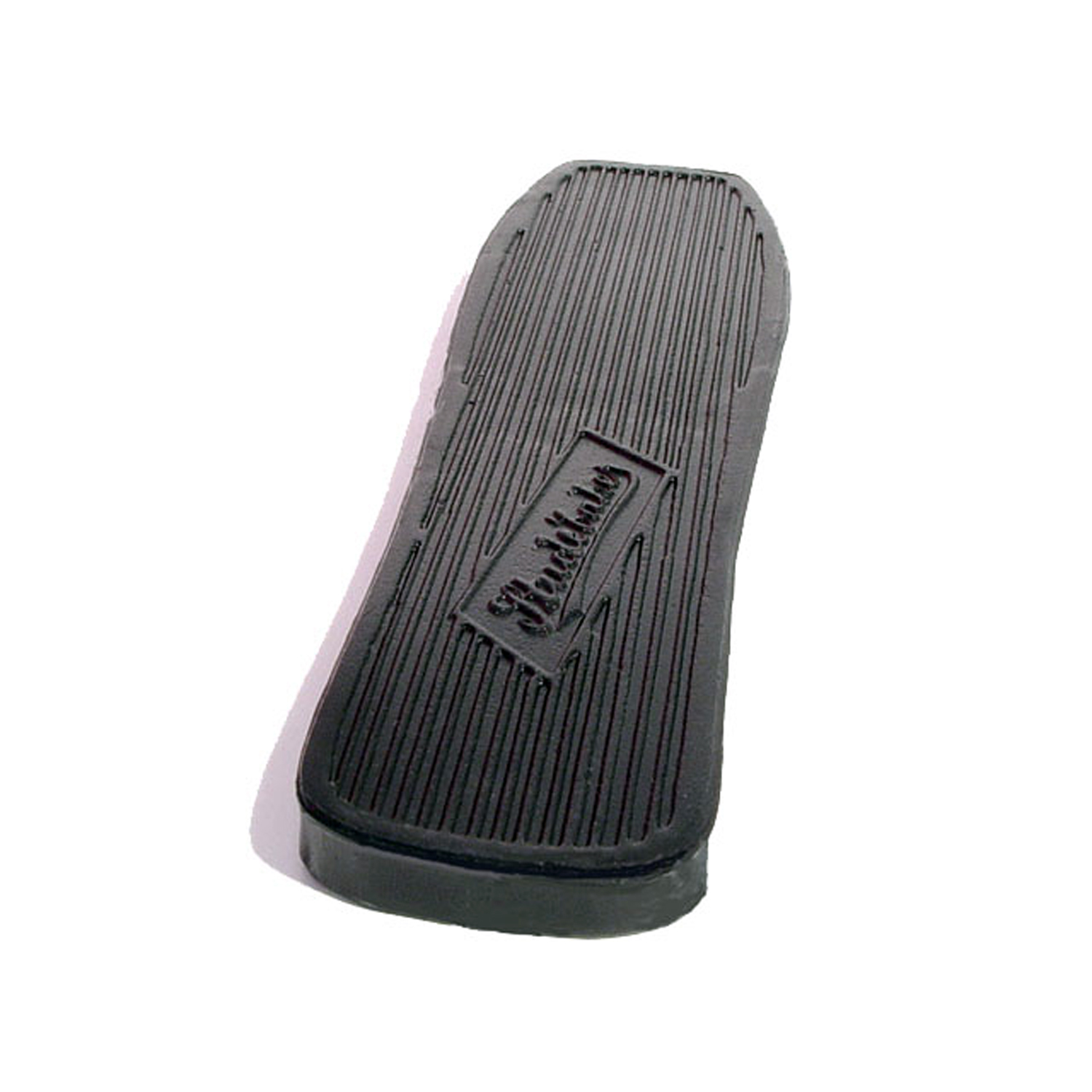 1952 Studebaker Champion Accelerator Pedal Pad, 2-3/8" X 9", Each-AP 22Accelerator Pedal Pad, 2-3/8" X 9", Each
1952 Studebaker Champion Accelerator Pedal Pad, 2-3/8" X 9", Each-AP 22Accelerator Pedal Pad, 2-3/8" X 9", Each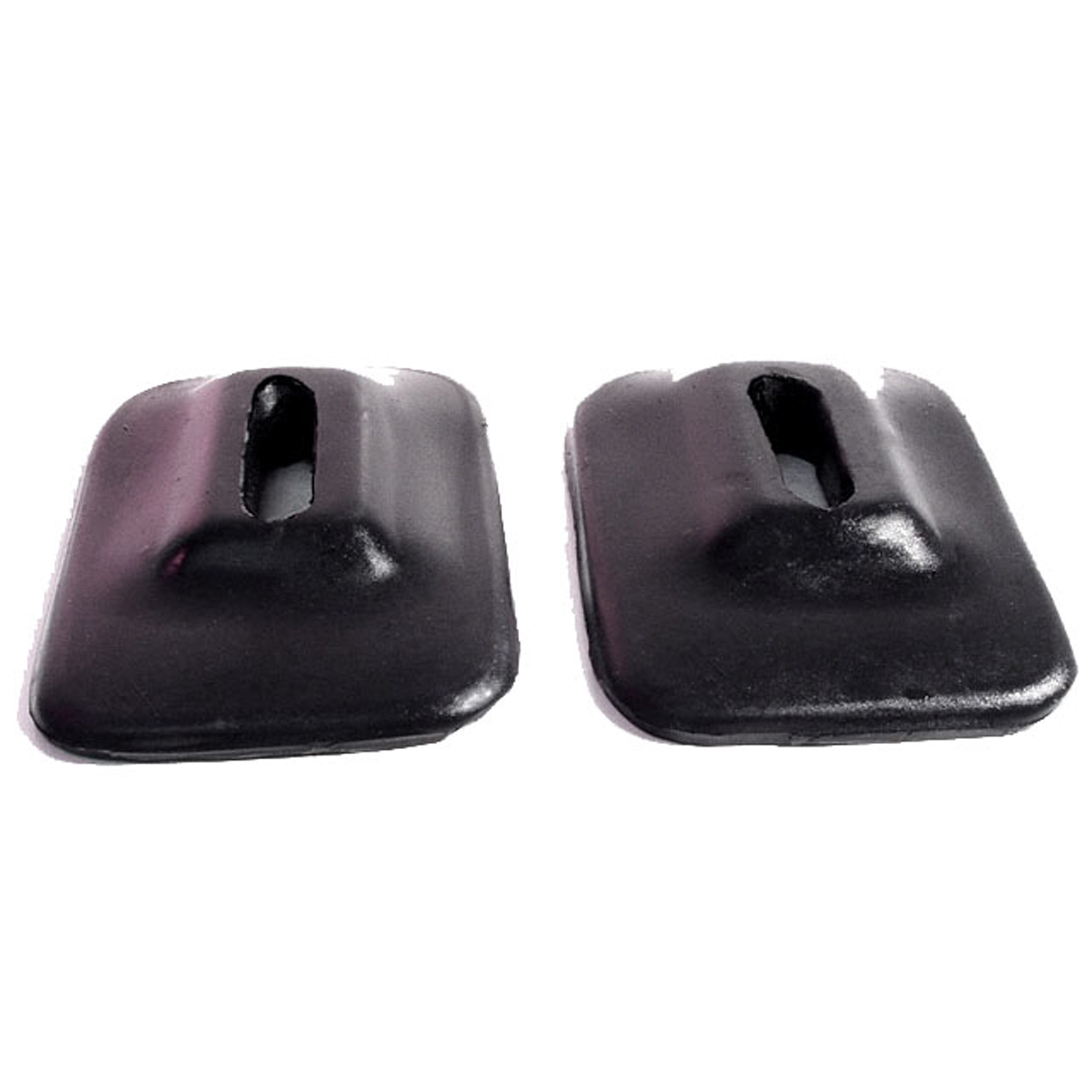 1952 Studebaker Champion Front and Rear Bumper Arm Grommets-BG 45Front and Rear Bumper Arm Grommets. 2-3/4" wide X 4-1/8" long, with 1-5/8" long inner slot. Pair
1952 Studebaker Champion Front and Rear Bumper Arm Grommets-BG 45Front and Rear Bumper Arm Grommets. 2-3/4" wide X 4-1/8" long, with 1-5/8" long inner slot. Pair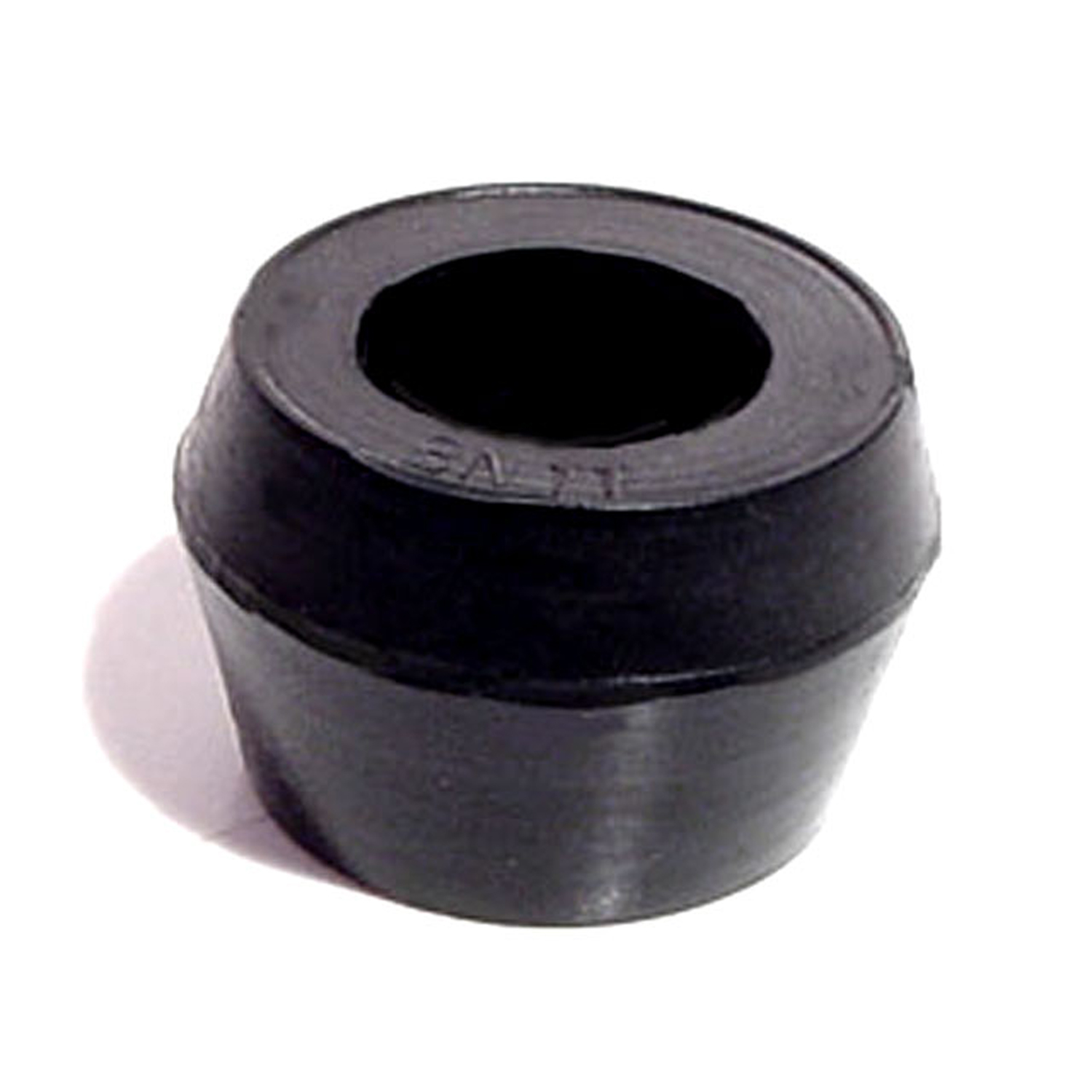 1952 Studebaker Champion Shock Absorber Grommet. 1" bottom O.D-BN 11Shock Absorber Grommet. 1" bottom O.D., 3/4" high, with 5/8" I.D. Each
1952 Studebaker Champion Shock Absorber Grommet. 1" bottom O.D-BN 11Shock Absorber Grommet. 1" bottom O.D., 3/4" high, with 5/8" I.D. Each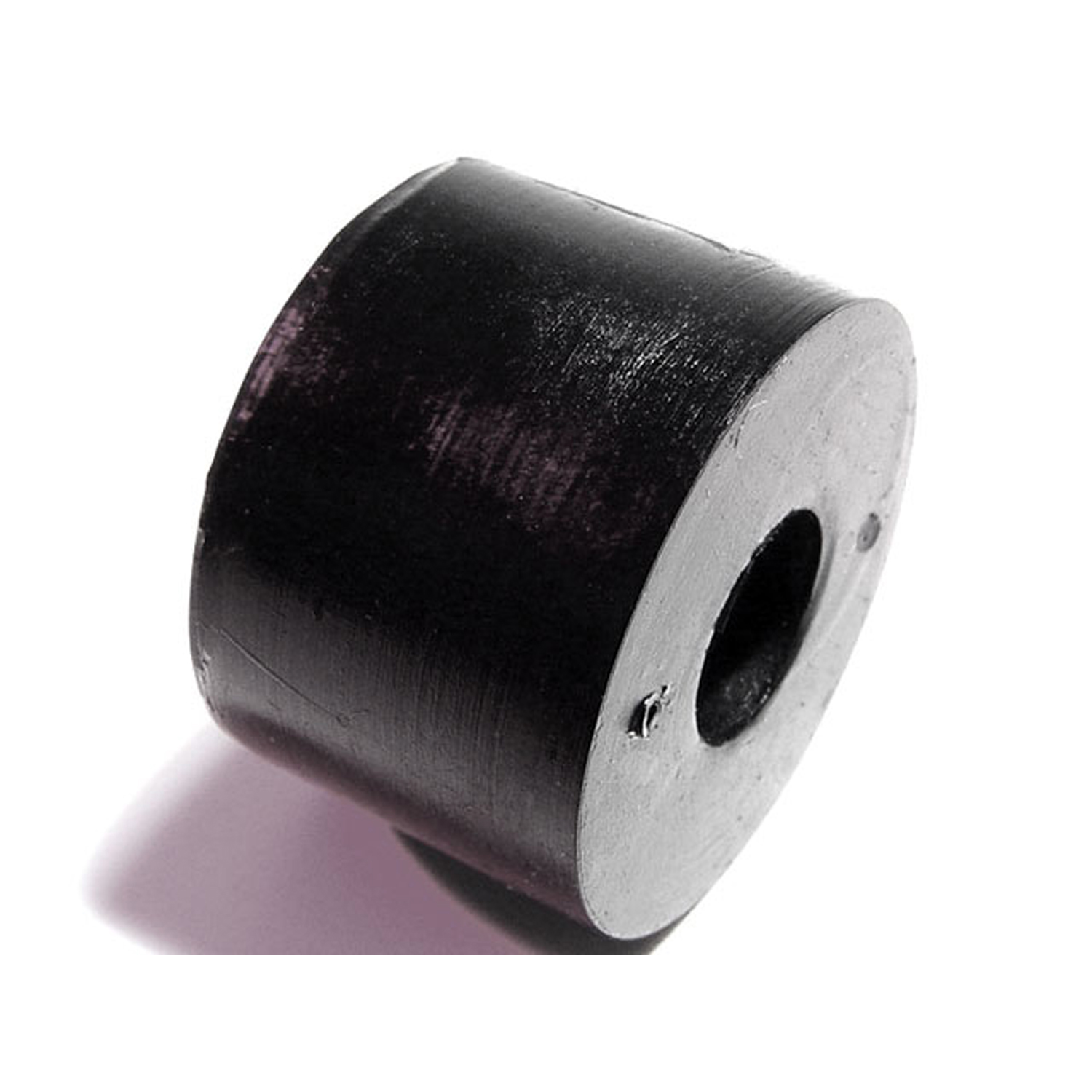 1952 Studebaker Champion Shock Absorber Grommet. 1" bottom O.D., 5/8" high-BN 13Shock Absorber Grommet. 1" bottom O.D., 5/8" high., with 3/8" I.D. Each
1952 Studebaker Champion Shock Absorber Grommet. 1" bottom O.D., 5/8" high-BN 13Shock Absorber Grommet. 1" bottom O.D., 5/8" high., with 3/8" I.D. Each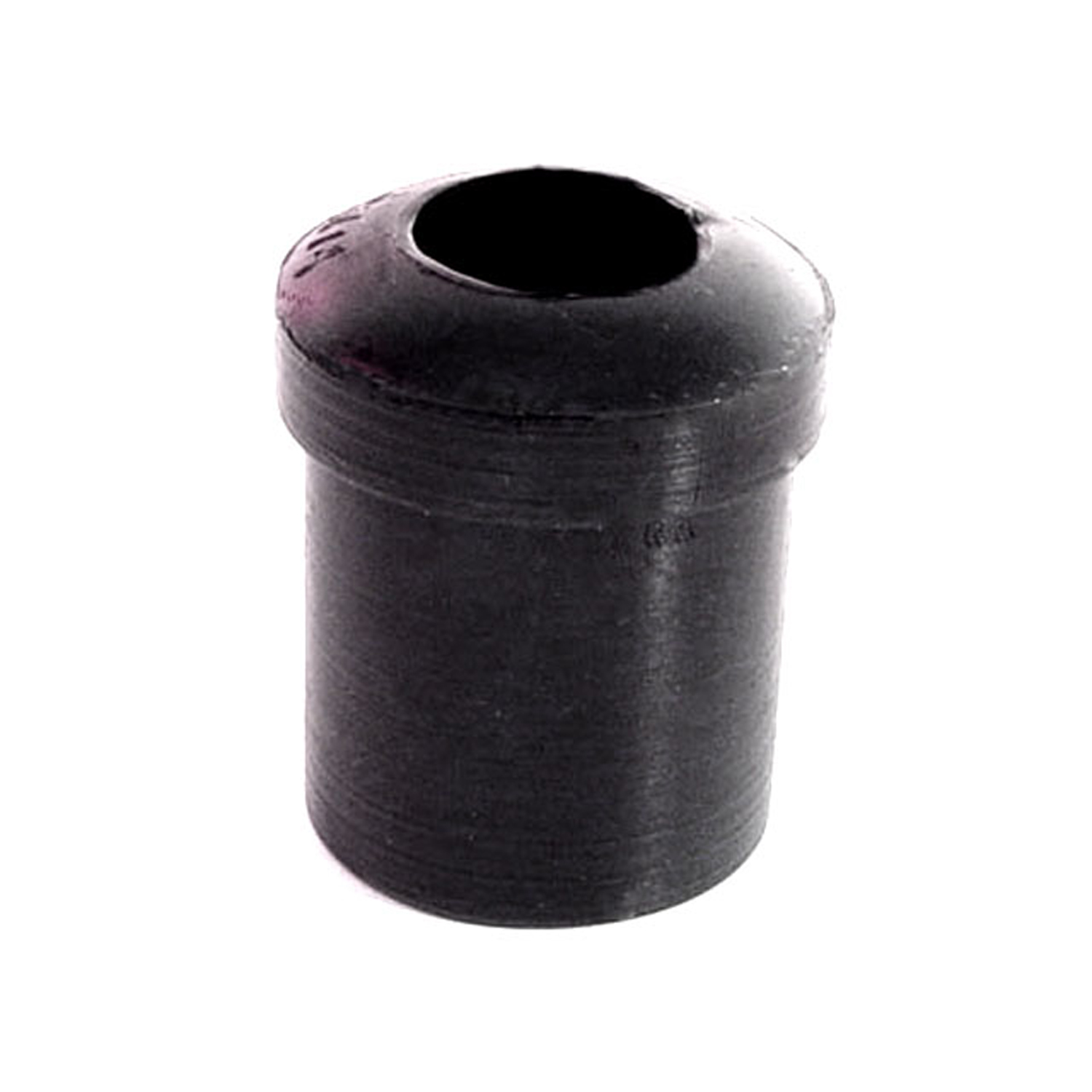 1952 Studebaker Champion Spring and Shackle Bushing. 1-1/16" bottom O.D-BN 14Spring and Shackle Bushing. 1-1/16" bottom O.D. X 1-1/2" high, with 5/8" I.D. Each
1952 Studebaker Champion Spring and Shackle Bushing. 1-1/16" bottom O.D-BN 14Spring and Shackle Bushing. 1-1/16" bottom O.D. X 1-1/2" high, with 5/8" I.D. Each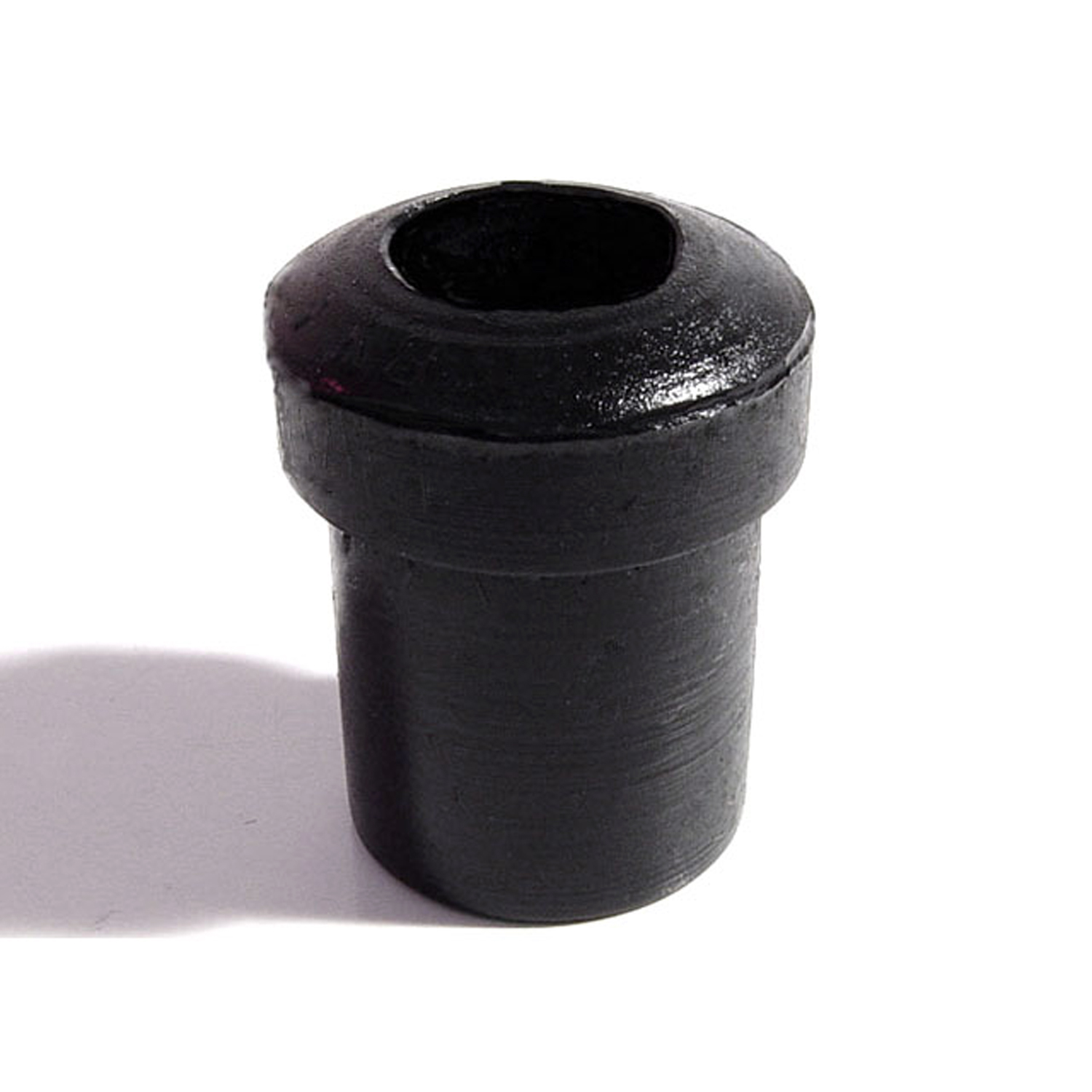 1952 Studebaker Champion Spring and Shackle Bushing. 7/8" bottom O.D-BN 16Spring and Shackle Bushing. 7/8" bottom O.D. X 1-1/8" high, with 1/2" I.D. Each
1952 Studebaker Champion Spring and Shackle Bushing. 7/8" bottom O.D-BN 16Spring and Shackle Bushing. 7/8" bottom O.D. X 1-1/8" high, with 1/2" I.D. Each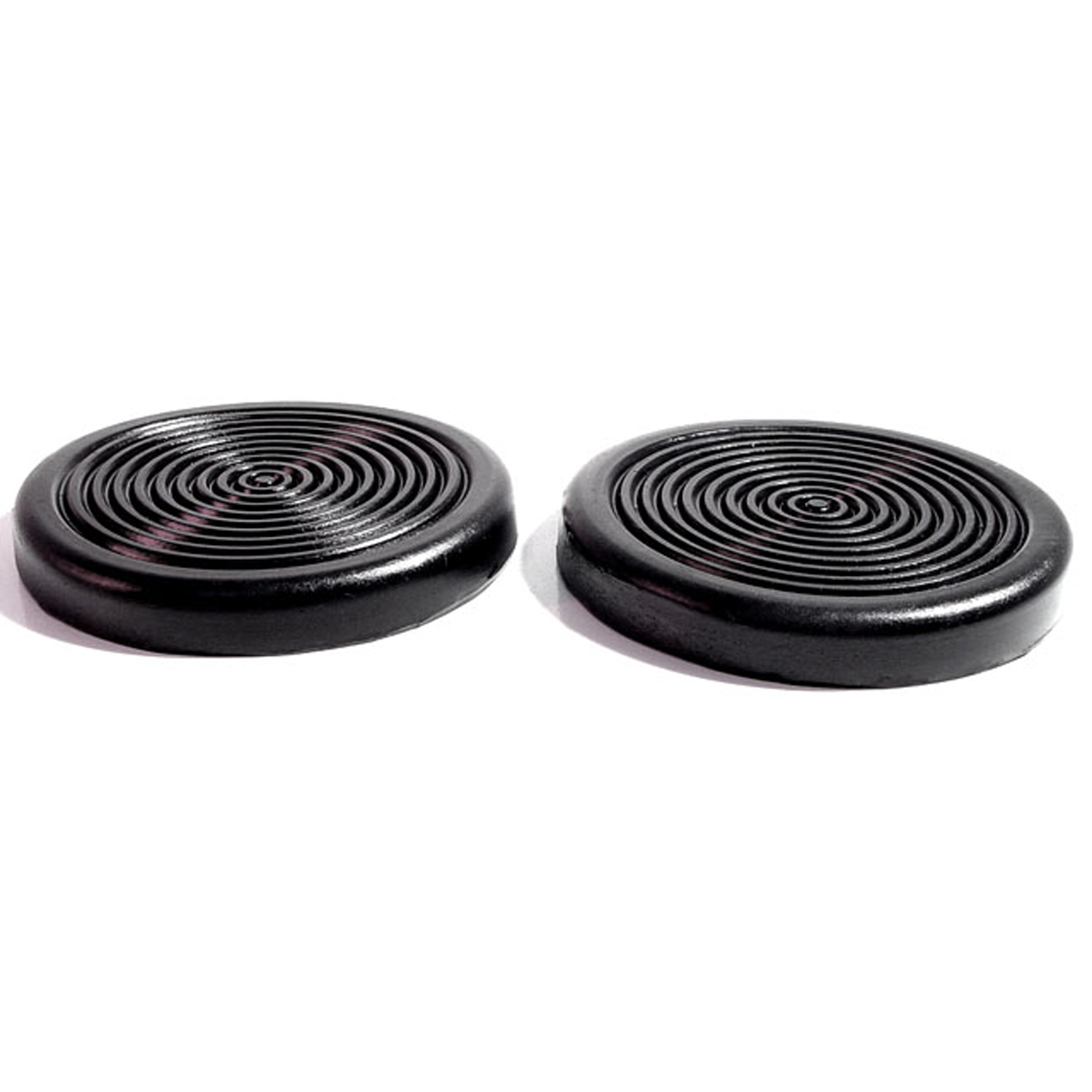 1952 Studebaker Champion Clutch and Brake Pedal Pads. 3" Diameter. Pair-CB 81Clutch and Brake Pedal Pads. 3" Diameter. Pair
1952 Studebaker Champion Clutch and Brake Pedal Pads. 3" Diameter. Pair-CB 81Clutch and Brake Pedal Pads. 3" Diameter. Pair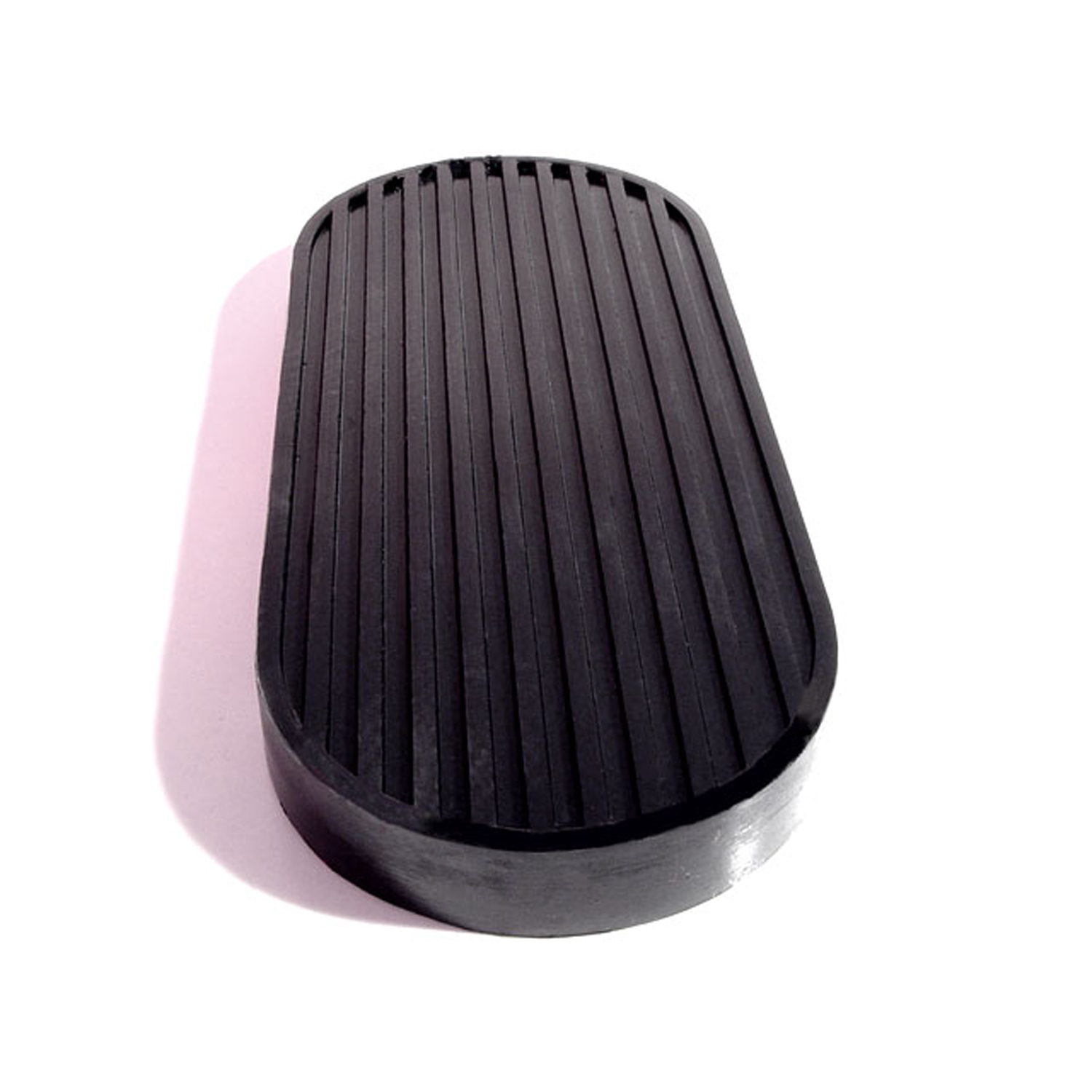 1952 Studebaker Champion Brake Pedal Pad. For models with automatic transmission-CB 87Brake Pedal Pad. For models with automatic transmission. 3" wide X 7-1/8" long. Each
1952 Studebaker Champion Brake Pedal Pad. For models with automatic transmission-CB 87Brake Pedal Pad. For models with automatic transmission. 3" wide X 7-1/8" long. Each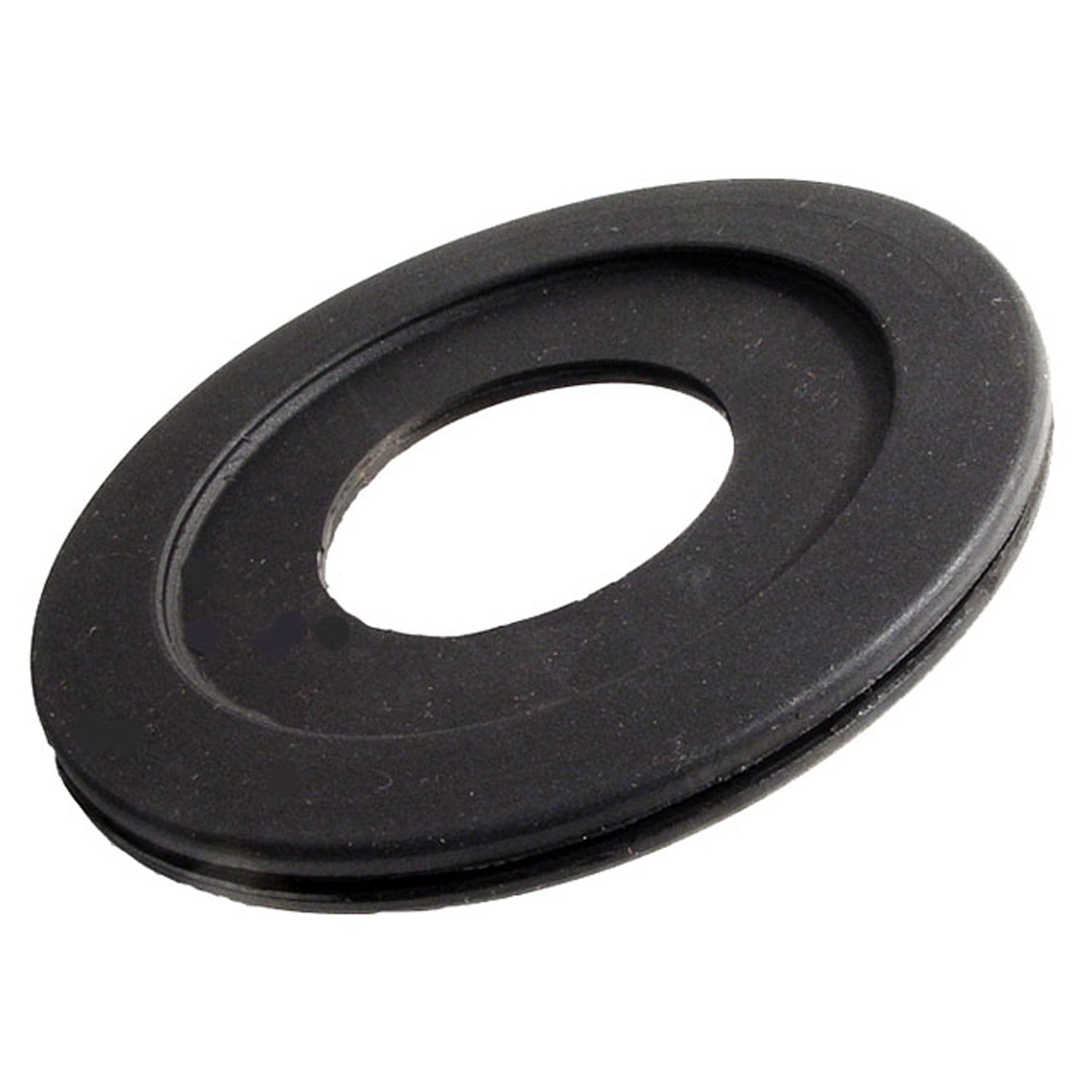 1952 Studebaker Champion Gas Filler Grommet. 1-3/4" I.D., 4-3/8" O.D. Each-GF 31Gas Filler Grommet. 1-3/4" I.D., 4-3/8" O.D. Each
1952 Studebaker Champion Gas Filler Grommet. 1-3/4" I.D., 4-3/8" O.D. Each-GF 31Gas Filler Grommet. 1-3/4" I.D., 4-3/8" O.D. Each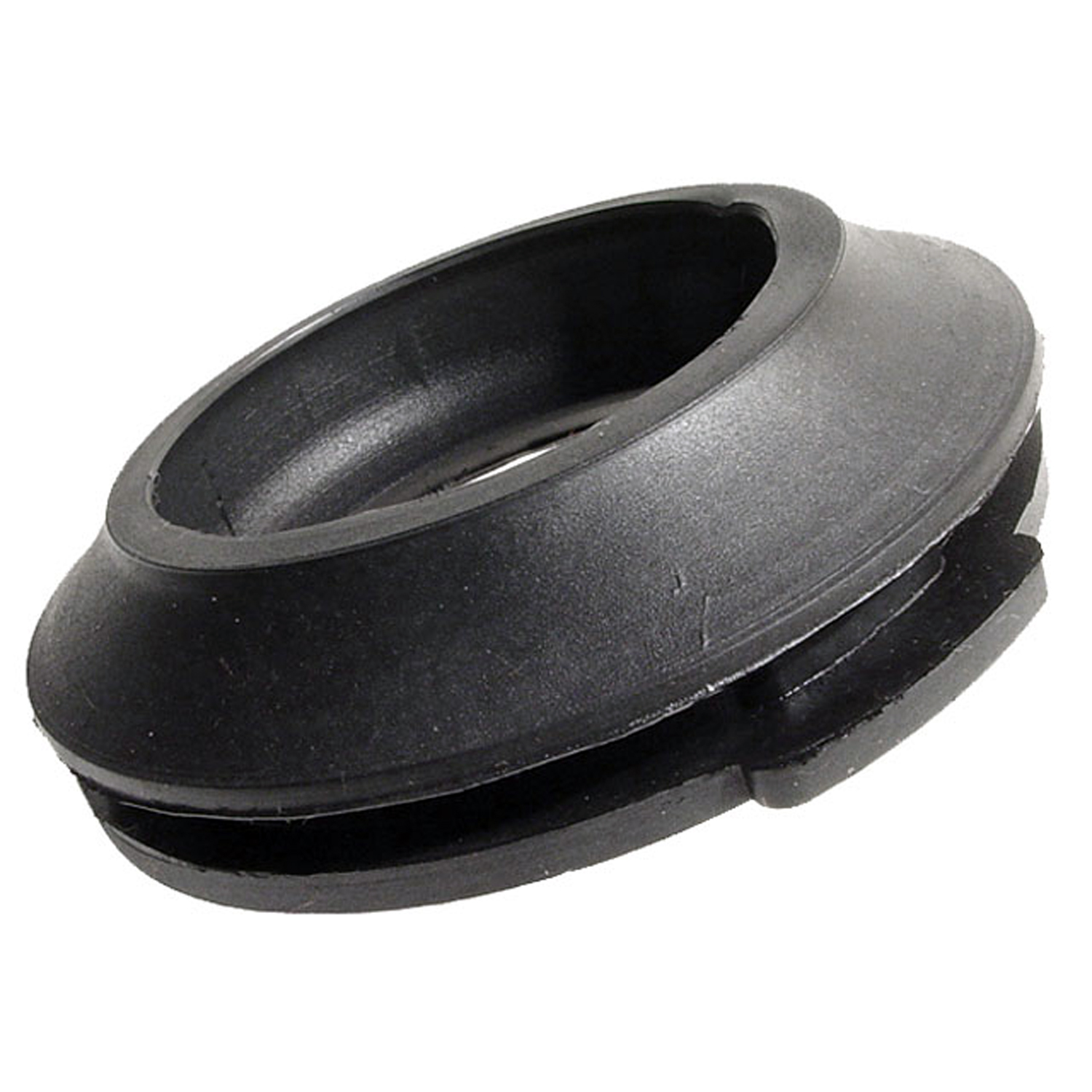 1952 Studebaker Champion Gas Filler Grommet. Perfect reproduction. Top 2-1/16" I.D-GF 45Gas Filler Grommet. Perfect reproduction. Top 2-1/16" I.D., 3-7/16" O.D. Each
1952 Studebaker Champion Gas Filler Grommet. Perfect reproduction. Top 2-1/16" I.D-GF 45Gas Filler Grommet. Perfect reproduction. Top 2-1/16" I.D., 3-7/16" O.D. Each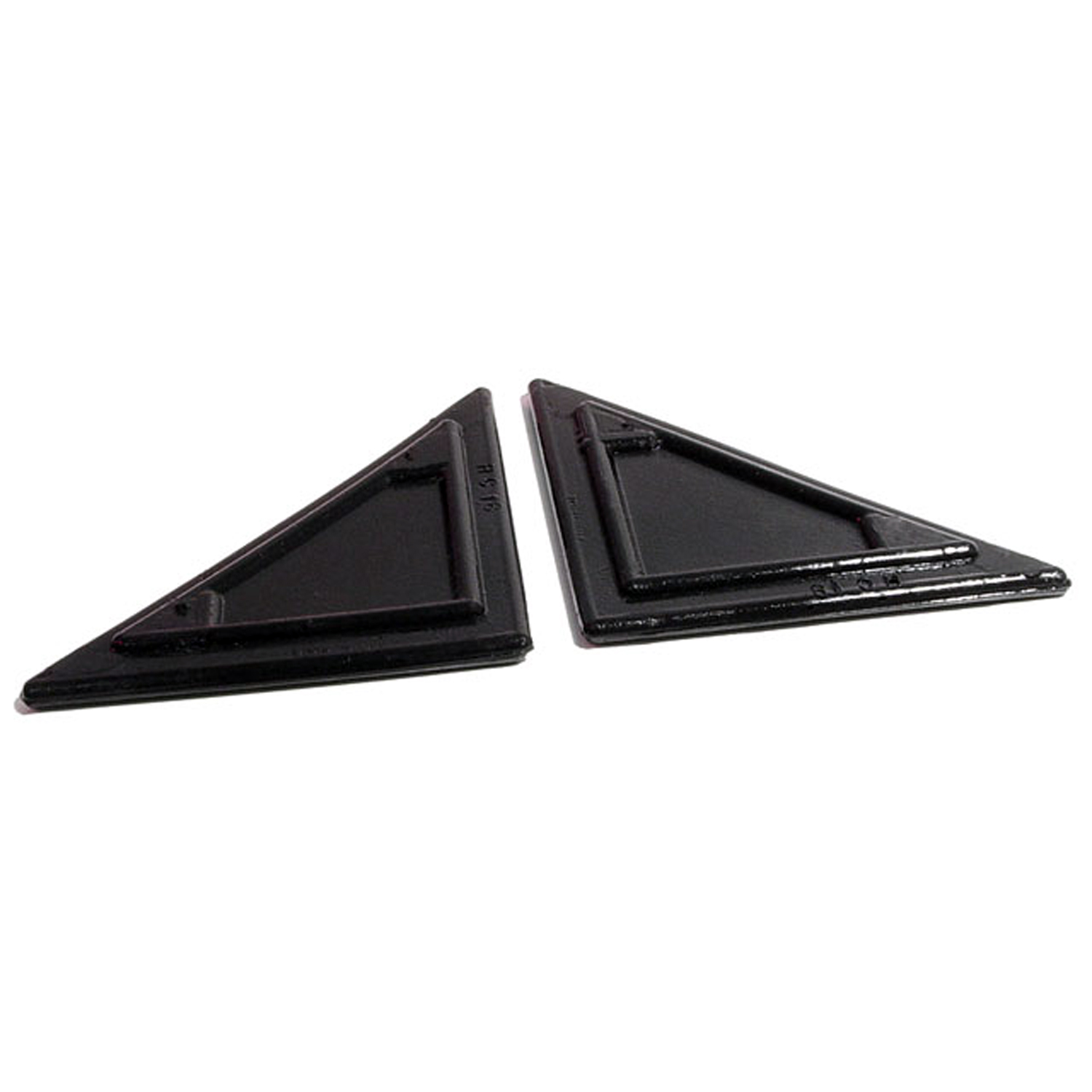 1952 Studebaker Champion Hood Corners. Original design. 2-3/4" wide. Pair-HC 18Hood Corners. Original design. 2-3/4" wide. Pair
1952 Studebaker Champion Hood Corners. Original design. 2-3/4" wide. Pair-HC 18Hood Corners. Original design. 2-3/4" wide. Pair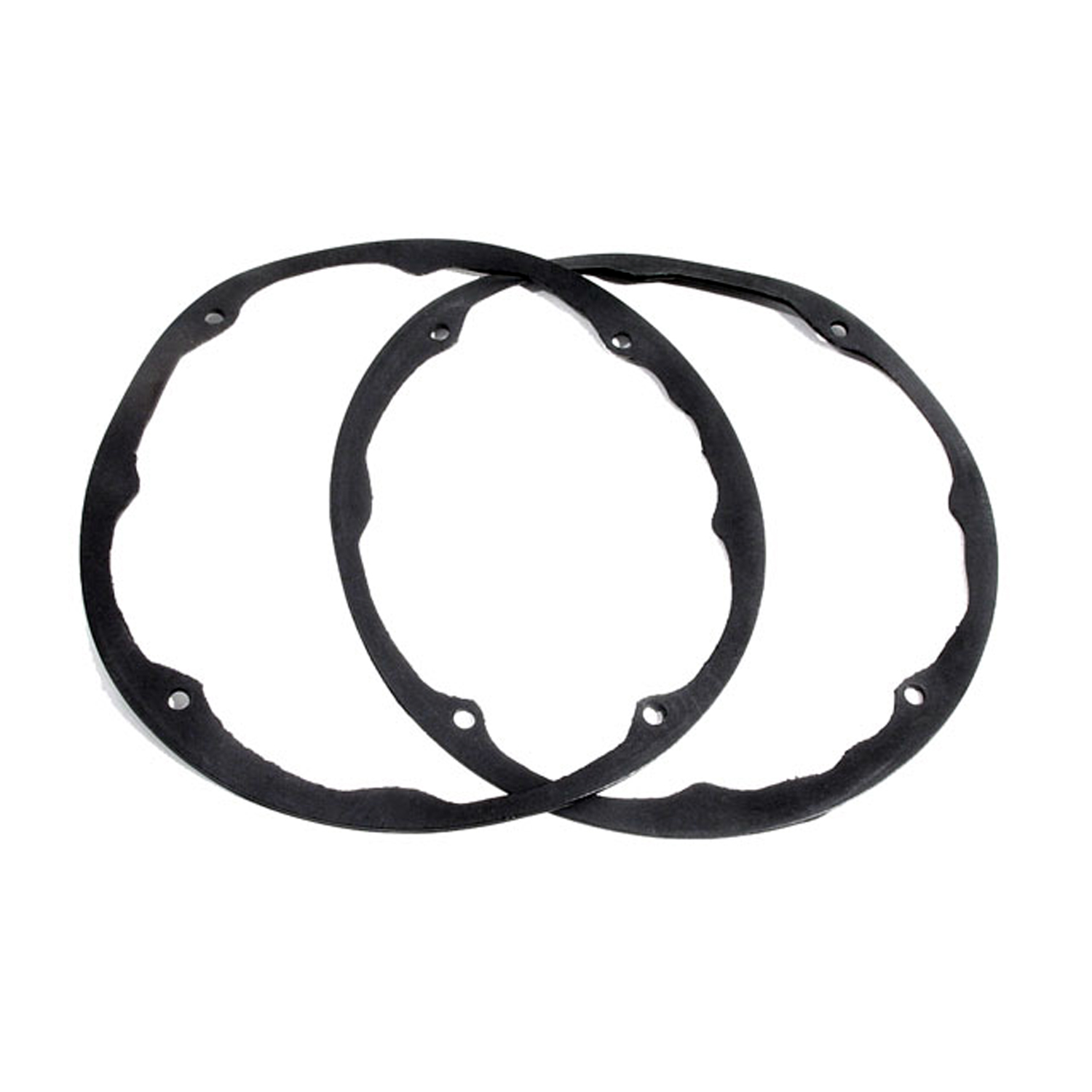 1952 Studebaker Champion Headlight Ring Seal. 8-5/8" O.D., 7-7/8" I.D. Pair-HR 16Headlight Ring Seal. 8-5/8" O.D., 7-7/8" I.D. Pair
1952 Studebaker Champion Headlight Ring Seal. 8-5/8" O.D., 7-7/8" I.D. Pair-HR 16Headlight Ring Seal. 8-5/8" O.D., 7-7/8" I.D. Pair 1952 Studebaker Champion Door Lock Pad. 1-1/8" O.D. Each-MP 979Door Lock Pad. 1-1/8" O.D. Each
1952 Studebaker Champion Door Lock Pad. 1-1/8" O.D. Each-MP 979Door Lock Pad. 1-1/8" O.D. Each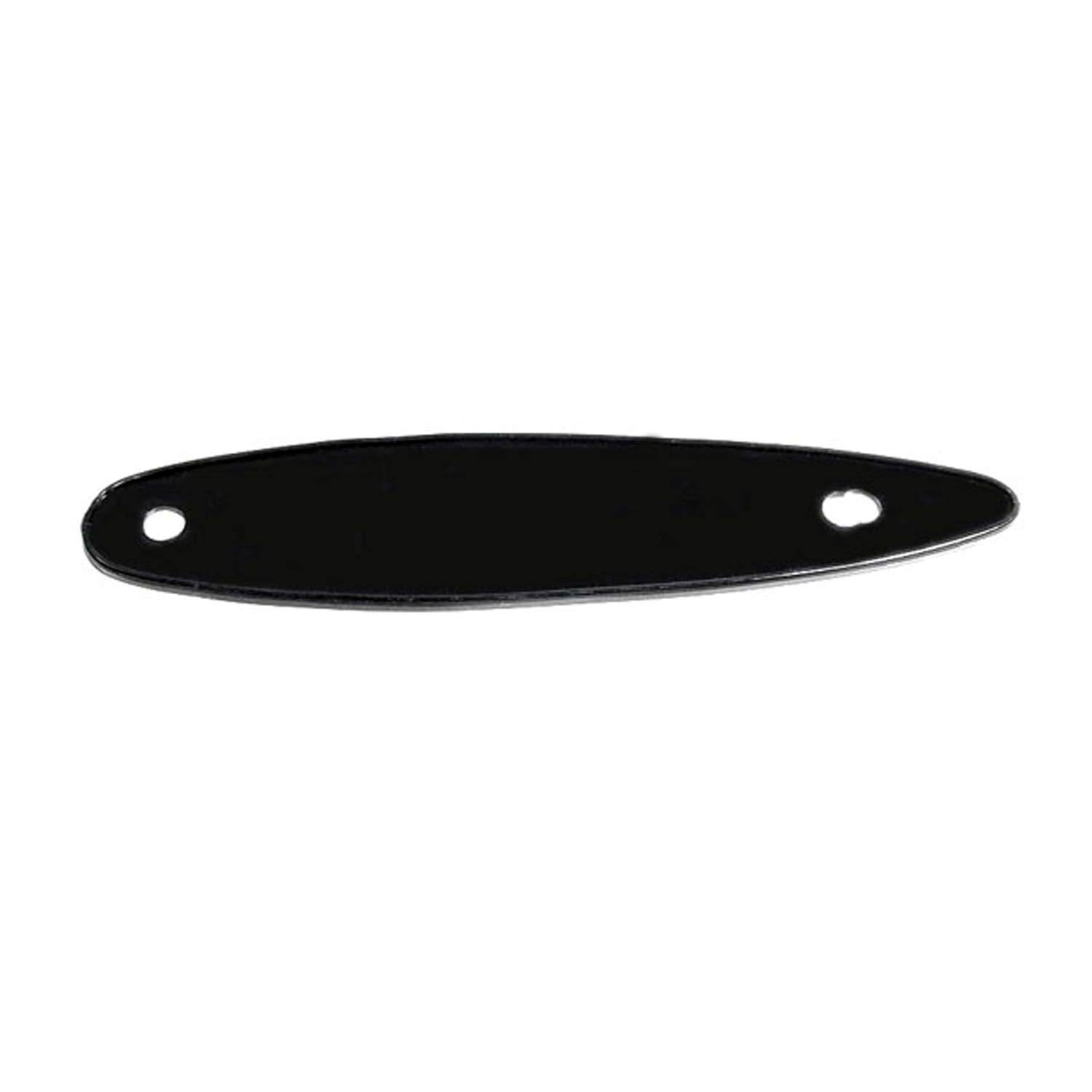 1952 Studebaker Champion Mirror Pad. 1-5/8" wide X 7-3/8" long. Each-MP 979-BMirror Pad. 1-5/8" wide X 7-3/8" long. Each
1952 Studebaker Champion Mirror Pad. 1-5/8" wide X 7-3/8" long. Each-MP 979-BMirror Pad. 1-5/8" wide X 7-3/8" long. Each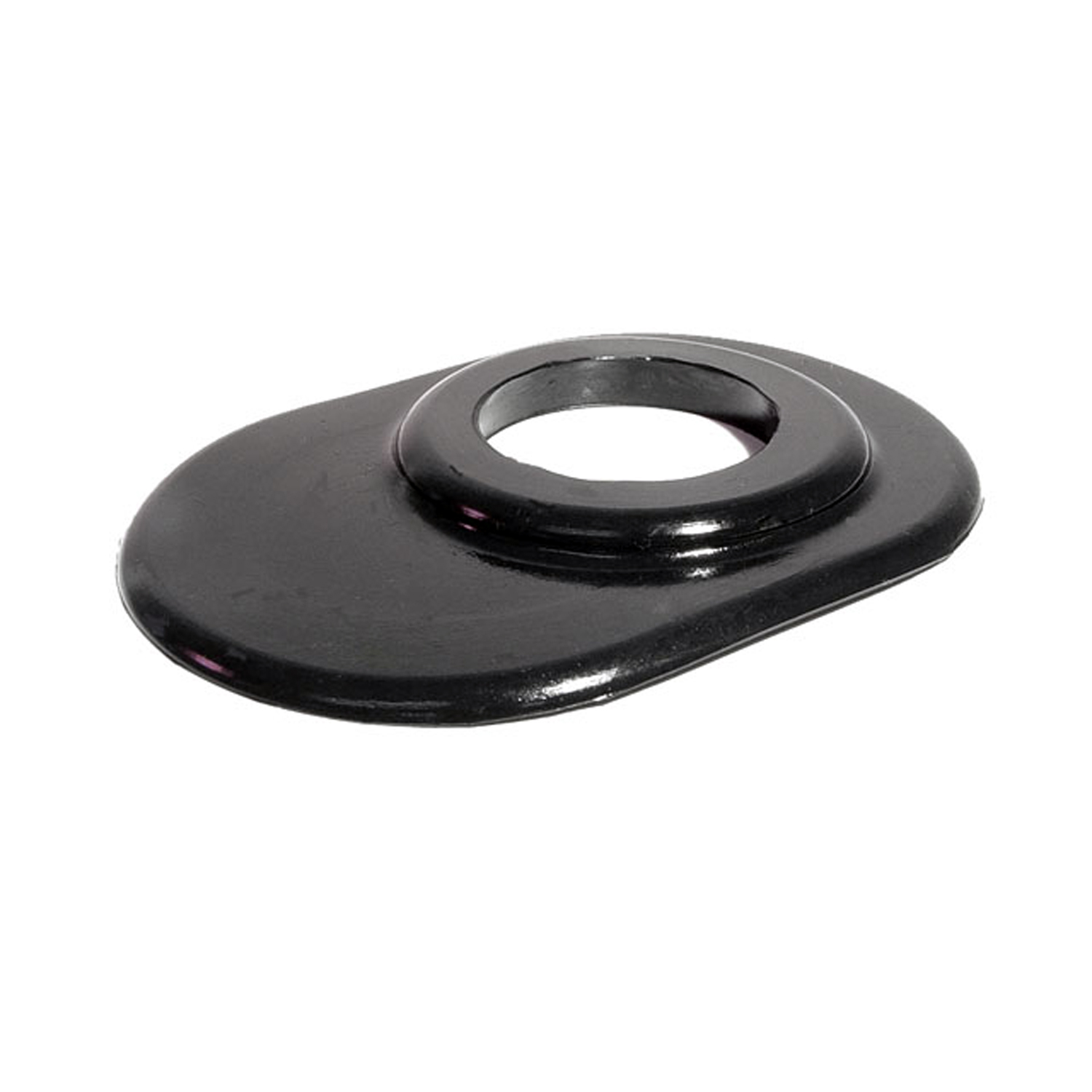 1952 Studebaker Champion Steering Column Grommet. For 3-speed models. Each-SC 24-ASteering Column Grommet. For 3-speed models. Each
1952 Studebaker Champion Steering Column Grommet. For 3-speed models. Each-SC 24-ASteering Column Grommet. For 3-speed models. Each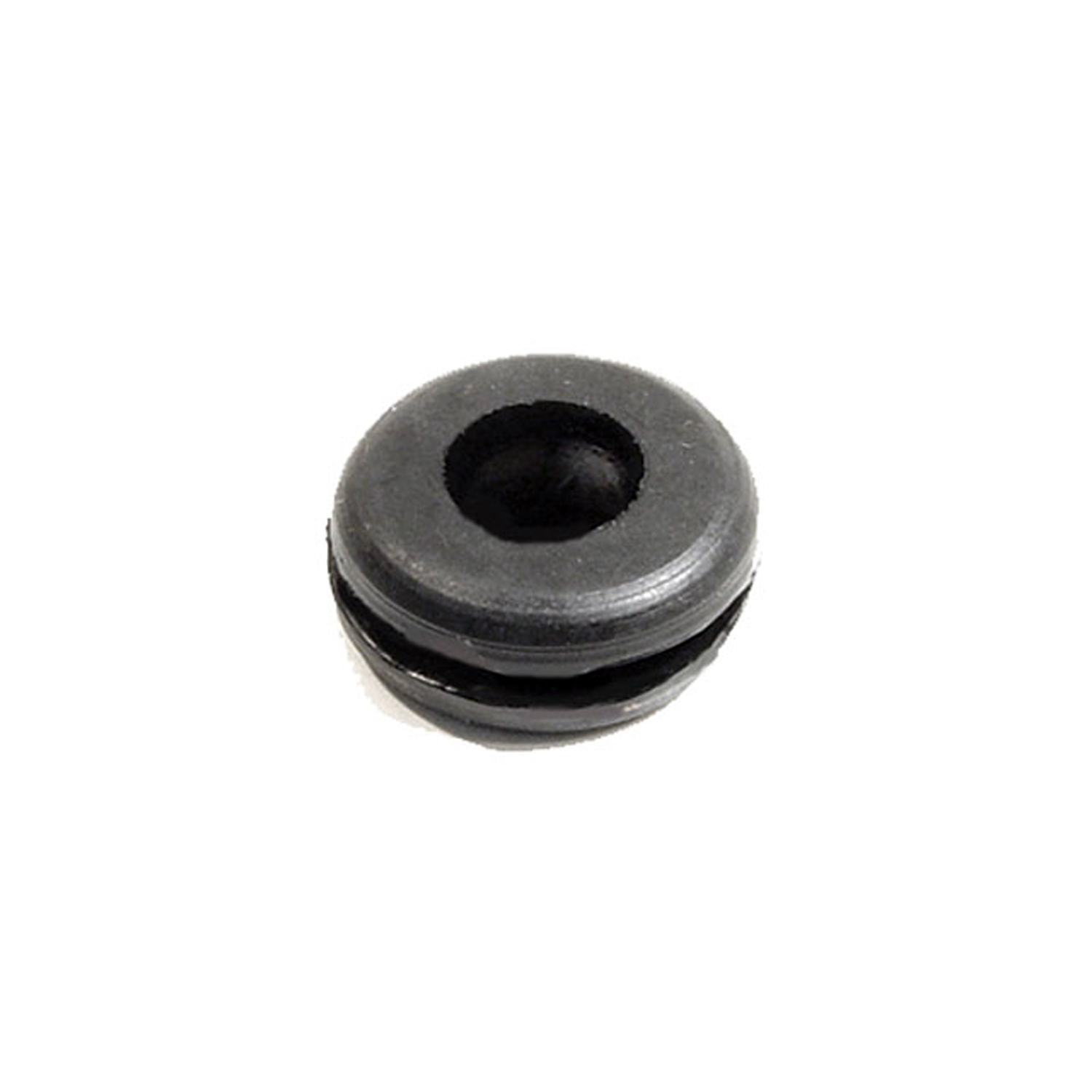 1952 Studebaker Champion Headlight & Tail-Light Wire Grommet. 3/8" I.D., 7/8" O.D-SM 13-AHeadlight & Tail-Light Wire Grommet. 3/8" I.D., 7/8" O.D. Each
1952 Studebaker Champion Headlight & Tail-Light Wire Grommet. 3/8" I.D., 7/8" O.D-SM 13-AHeadlight & Tail-Light Wire Grommet. 3/8" I.D., 7/8" O.D. Each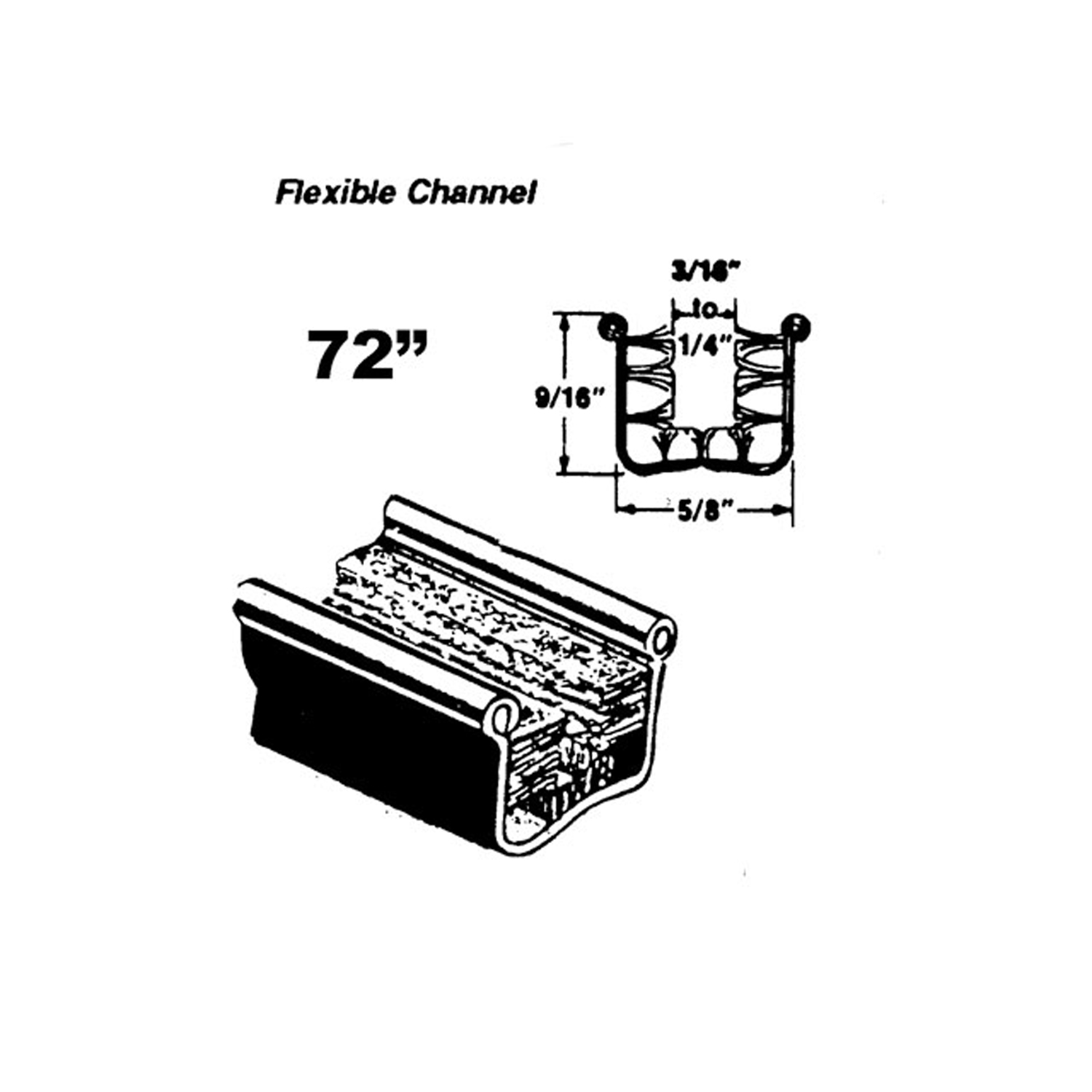 1952 Studebaker Champion Flexible glass-run channel-WC 11-72Flexible glass-run channel. Mohair lined, cloth covered with stainless steel bead. Used on side windows. 72 in. long. Each. NOTE: $20 special shipping charge applies for domestic orders. Call or email for overseas shipping costs. Part can be sectioned in two equal lengths to reduce overseas shipping costs.
1952 Studebaker Champion Flexible glass-run channel-WC 11-72Flexible glass-run channel. Mohair lined, cloth covered with stainless steel bead. Used on side windows. 72 in. long. Each. NOTE: $20 special shipping charge applies for domestic orders. Call or email for overseas shipping costs. Part can be sectioned in two equal lengths to reduce overseas shipping costs.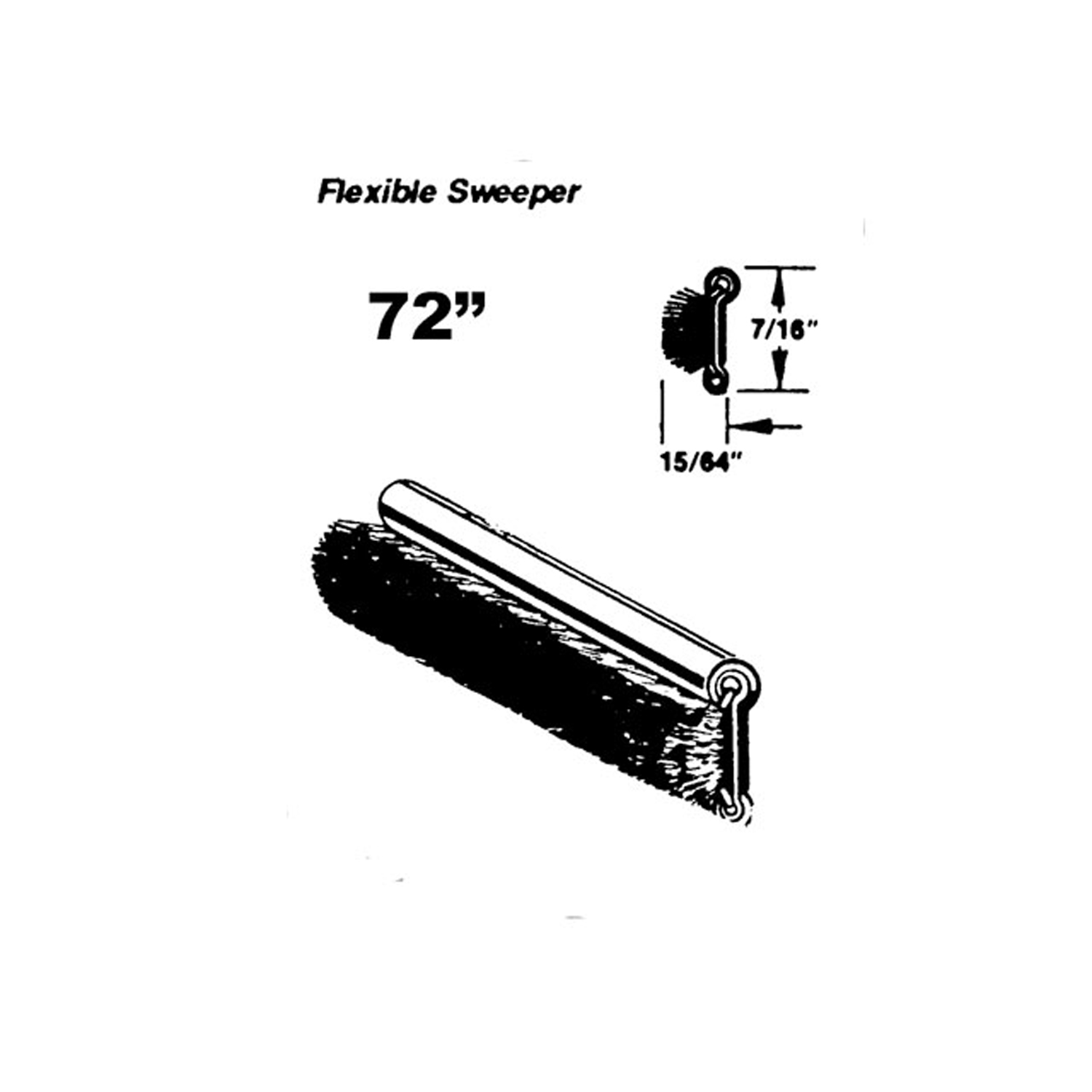 1952 Studebaker Champion Flexible sweeper. Made with stainless steel bead-WC 8-72Flexible sweeper. Made with stainless steel bead. Used on inner and outer beltlines. Also forms easily for use with sliding quarter windows. 72 in. long. Each. NOTE: $20 special shipping charge applies for domestic orders. Call or email for overseas shipping costs. Part can be sectioned into two equal lengths to reduce overseas shipping costs.
1952 Studebaker Champion Flexible sweeper. Made with stainless steel bead-WC 8-72Flexible sweeper. Made with stainless steel bead. Used on inner and outer beltlines. Also forms easily for use with sliding quarter windows. 72 in. long. Each. NOTE: $20 special shipping charge applies for domestic orders. Call or email for overseas shipping costs. Part can be sectioned into two equal lengths to reduce overseas shipping costs.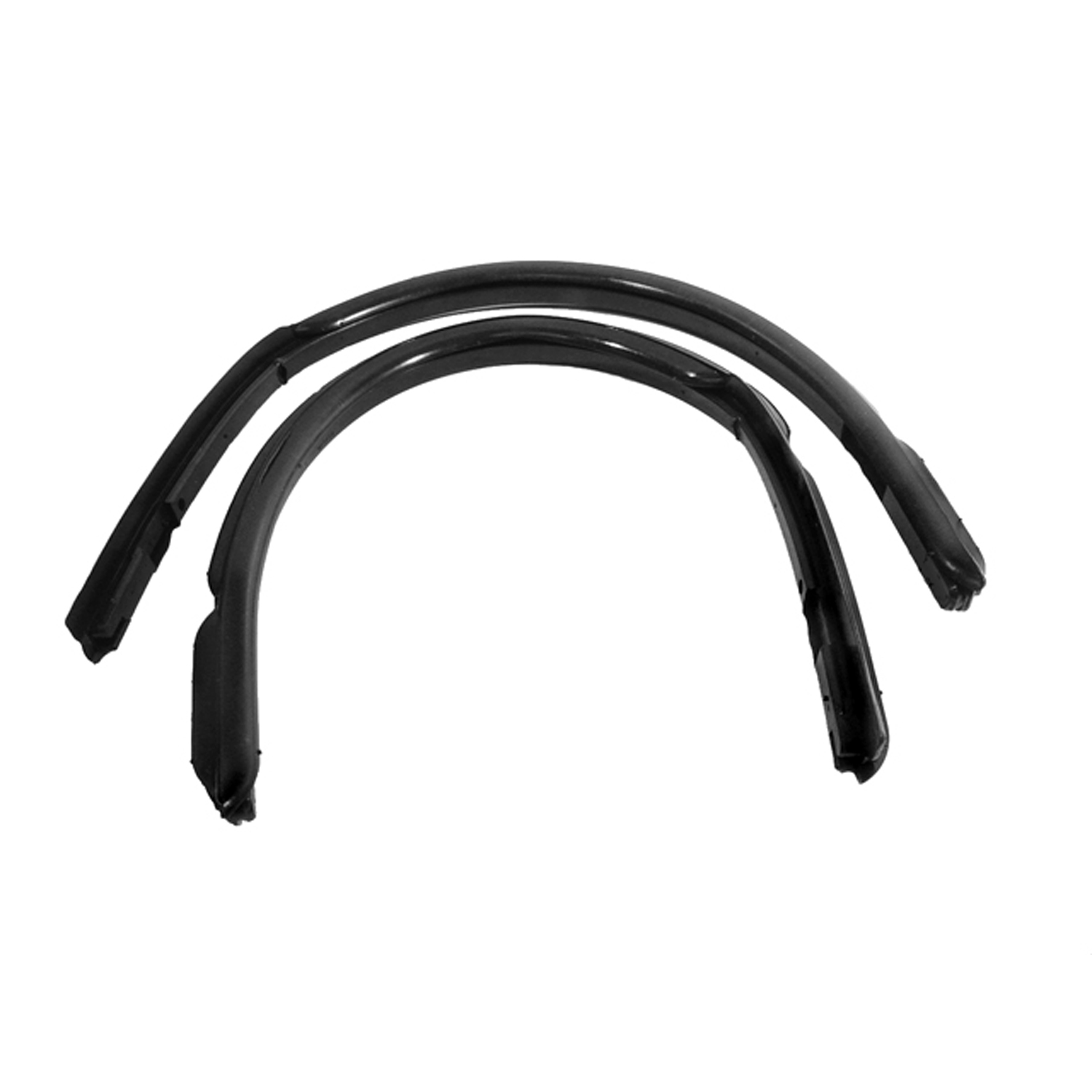 1952 Studebaker Champion Front Vent Window Seals-WR 9400Front Vent Window Seals. For all sedans '47-'50, for 2-door sedans '51-'52. Pair
1952 Studebaker Champion Front Vent Window Seals-WR 9400Front Vent Window Seals. For all sedans '47-'50, for 2-door sedans '51-'52. Pair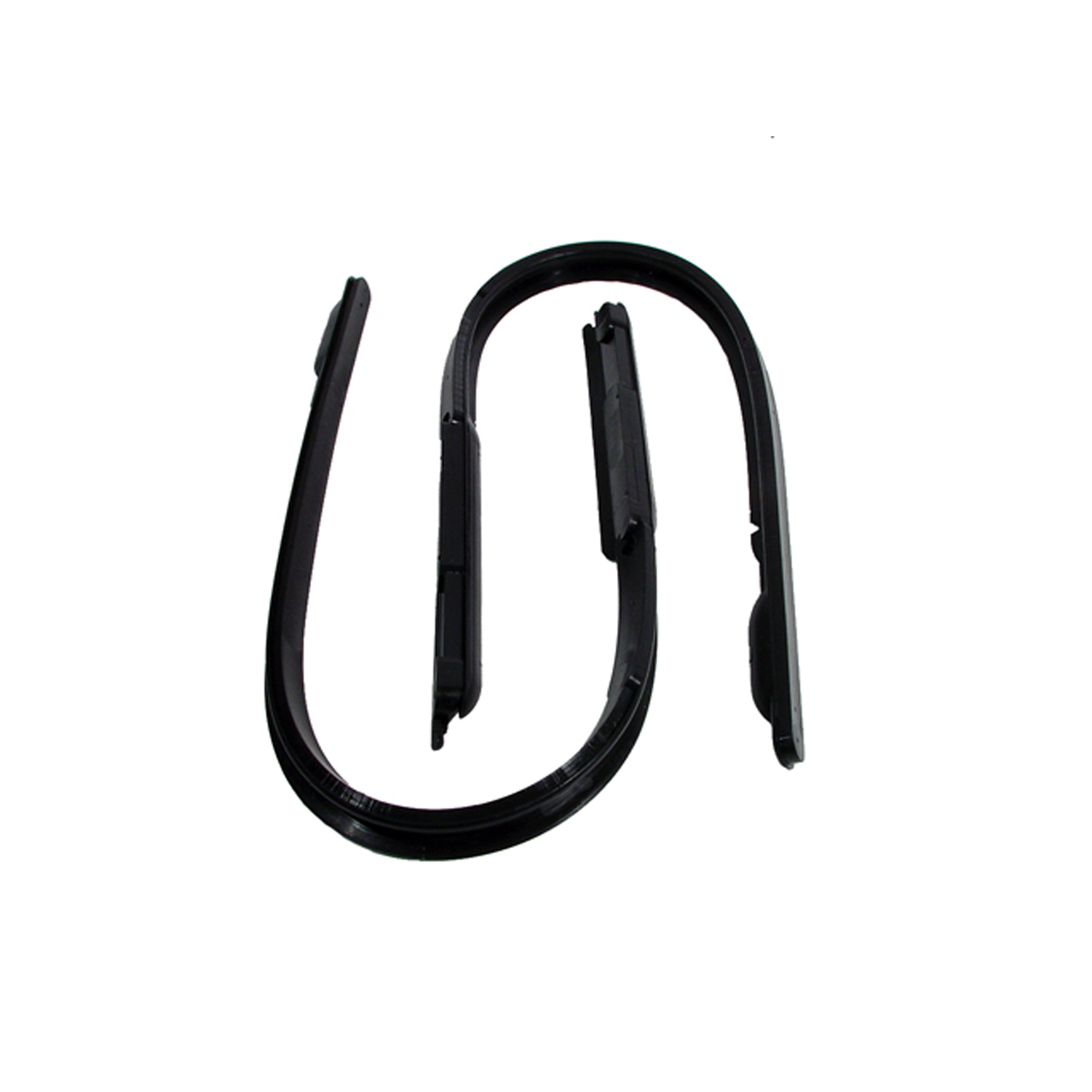 1952 Studebaker Champion Front Vent Window Seals, for Convertibles-WR 9403Front Vent Window Seals, for Convertibles. 28-1/4" long each. Pair R&L
1952 Studebaker Champion Front Vent Window Seals, for Convertibles-WR 9403Front Vent Window Seals, for Convertibles. 28-1/4" long each. Pair R&LWhy Choose Metro?
For over 100 years, Metro Moulded Parts has been the pinnacle of quality in classic car restoration parts. Our commitment to precision and authenticity in every component ensures a perfect fit and an OEM-level appearance.
- Expert Craftsmanship & Quality: Each part is a testament to our dedication to reliability and perfection, crafted from original designs and thoroughly tested.
- Advanced Technology: We use cutting-edge techniques to create flawless, long-lasting parts that surpass others in performance.
- SuperSoft Sponge – The Ultimate Door Seal: Not only are our door seals 30% softer than competitors', but they're also guaranteed to never leak. They effectively reduce wind and road noise, enhancing your classic car's comfort and driving experience.
- Proudly American: Our parts are a product of American craftsmanship, made in the USA with a spirit of excellence and heritage.
- Unrivaled Warranty: We back our products with a 30-year industry-leading warranty, a testament to our confidence in their quality.
Join us in preserving the legacy of classic cars with parts that are crafted for perfection, not just made.

